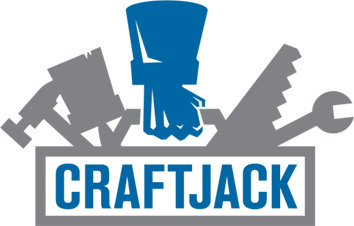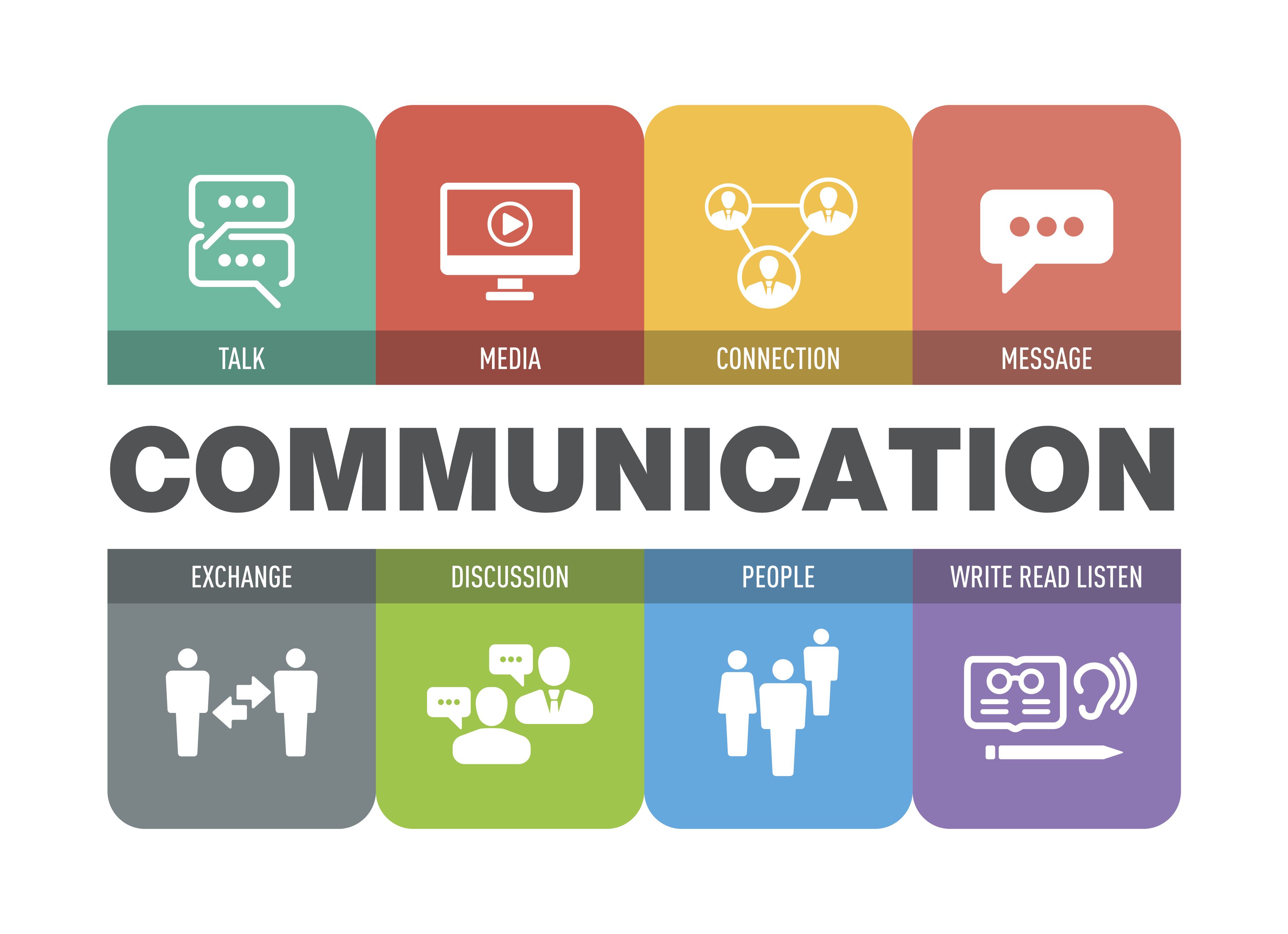How Can You Save For Retirement As An Independent Contractor?

Retirement planning is an important part of preparing for the future, regardless of career objectives. For independent contractors who don't have the advantages of employer-sponsored retirement opportunities, making sure needs are covered can take a little more coordination. However, this doesn't mean retirement can't be in the cards; there are plenty of avenues for self-employed individuals to consider.
From putting away the proper amount early in a career to the savings benefits of tools specifically for independent contractors, such as solo 401(k)s and SEP IRAs, it's possible to put aside enough money for the retirement of your dreams.
Saving The Right Amount For Retirement
Saving for retirement always takes some planning ahead, regardless of working arrangements. But what does this mean, and how can you ensure you're putting enough money into savings and retirement accounts?
As a general rule of thumb, at least 15% of annual income should be set aside for retirement. This means that if you bring in $100,000 annually before taxes, at least $15,000 should be invested for the future, from the first days in the workforce to the year you plan to retire. For most people, this means at least 30 years of saving — plenty of time to build up a solid nest egg without significantly cutting into day-to-day expenses. Even when income is lower at the beginning of your career, every penny counts.
It's important to note that for some people, this won't be enough. As such, also keep in mind factors like the kind of retirement you'd like to have. For example, do you see yourself buying a second home, making large purchases, like buying a boat, or affording international travel? If so, exceeding the standard may be in order. This can mean accelerating savings goals to put aside as much cash as possible or determining a target amount and working backward.
If you're further along in your career without a solid retirement savings plan in place, that's okay; it's never too late to start saving. You may have to play a little catch-up, but every dollar you can save for the future will pay off in retirement. Take this time to evaluate your options, like the different accounts available, and put a game plan in place.
Self-Employment Retirement Plans
Believe it or not, employment plans aren't limited to traditional career jobs. There are actually many retirement savings options for self-employed workers, all of which allow tax-advantaged opportunities for funds to grow. They each have their pros and cons, but the right combination of accounts can provide a solid foundation for comfortable retirement.
Available plans include:
- Traditional IRAs
- Roth IRAs
- Solo 401(k)s
- SEP IRAs
Traditional IRAs
Traditional Individual Retirement Accounts, or IRAs, are retirement accounts available to everyone with earned income, regardless of employment status. The most basic of available options, traditional IRAs permit individuals to save up to $6,500 annually as of 2023, or $7,500 for those over the age of 50. Contribution limits can change from year to year, so be sure you're up to date to best maximize savings opportunities.
Money in a traditional IRA is effectively invested pretax, which means immediate tax advantages. Instead, taxes will be paid upon withdrawal in retirement. This kind of account is best for those who expect to be in a lower tax bracket in retirement than they are currently. While assets are accessible penalty-free after age 59 and a half, withdrawals become mandatory after 73.
Pros
- Available to anyone with earned income with no modified adjusted gross income cap
- Fast and easy to open with many major banks
- Accessible without penalty after age 59 and a half, ideal for those who plan to retire before age 65
- Immediate tax benefits, meaning a way to save on current-year taxes
- Catch-up option for those nearing retirement
Cons
- Low annual contribution limit
- No tax benefits in retirement
- Required withdrawals over age 73
Roth IRAs
A Roth IRA is very similar to a traditional IRA in regards to contribution limits, investment opportunities, and accessibility after investing, but there are several notable differences investors should be aware of. First, money invested in a Roth IRA is subject to taxation now and thus is available tax-free in retirement — the opposite of a traditional IRA. This scenario is most valuable for those who anticipate being in a higher tax bracket in retirement than presently. Funds are accessible after 5 years or age 59 and a half. In addition, there are no mandatory requirements from Roth IRAs.
However, unlike traditional IRAs that are available to anyone with earned income, Roth IRAs aren't an option for everyone. Roth IRAs can only be used by those with a modified adjusted gross income (MAGI) under $153,000 for a single person or $228,000 for a married couple as of 2023.
Roth IRAs and traditional IRAs aren't mutually exclusive; it's possible to have IRAs of both types, but annual contribution limits apply to both accounts in total, not individually.
Pros
- Fast and easy to open with many major banks
- Accessible without penalty after 5 years or age 59 and a half, ideal for those who plan to retire before age 65
- Tax benefits in retirement
- No required distributions
- Catch-up option for those nearing retirement
Cons
- Low annual contribution limit
- No current tax advantages; tax benefits are only available when withdrawing in retirement
- Accessibility capped at a MAGI of $153,000 for a single person or $228,000 for a couple filing jointly

Solo 401(k)s
Unlike traditional and Roth IRAs that are available regardless of income source, solo 401(k)s are specifically for self-employed individuals without employees, unless you and your spouse work jointly. This account is intended to mimic the advantages of traditional employer-sponsored IRAs without the limitations of working for a company.
In 2023, the contribution limit for a solo 401(k) is $66,000, with the option for a $7,500 catch-up contribution for those over age 50. In regards to the contribution limit, you're considered both an employer and an employee. As an employee, you're allowed to contribute up to $22,500 or 100% of your annual earned income, whichever amount is lower. As an employer, however, you're eligible to contribute an additional amount not to exceed 25% of self-employment income after taxes and employee contribution, up to $330,000.
Say, for example, you earn $100,000. From this amount, you contribute $22,500 to your solo 401(k) and pay $15,000 in self-employment taxes. This means you're allowed to contribute an additional $15,625 — 25% of remaining earnings after taxes and employee contribution — for a total annual contribution of $38,125.
Solo 401(k)s are available in both Roth and traditional formats, which impacts whether tax advantages are immediate or deferred until retirement. Account funds are accessible after age 55, but minimum distributions are required after age 73.
Pros
- Fast and easy to open with many major banks, provided you have an employer identification number (EIN)
- Higher contribution limits than standard IRAs
- Roth and traditional options, depending on preferences for the timing of tax benefits
- Accessibility after age 55, which is 4 and a half years earlier than standard IRAs
Cons
- Only available to those without employees
- Required minimum distributions after age 73
SEP IRAs
A simplified employee pension IRA, or SEP IRA, is an option for anyone who's self-employed regardless of whether they have employees. If you're an independent contractor who occasionally uses subcontractors you pay wages to, a SEP IRA is an option, while a solo 401(k) is not. Contributions to SEP IRAs are tax-deductible in the current year, similar to a traditional IRA, with withdrawals taxed in retirement. There's no catch-up contribution clause for SEP IRAs, and distributions are required after age 73. Funds are available penalty-free after age 59 and a half.
Similar to a solo 401(k), the 2023 contribution limit is $66,000, but this cap is dependent on income. Contributions can't exceed 25% of self-employment earnings. This means that if you earn $66,000 in 2023, you can only contribute $16,500, not the full amount. However, if you earn more than $330,000, the total amount is still capped at $66,000.
There's a unique facet to a SEP IRA that doesn't apply to solo 401(k)s, which is something contractors should weigh carefully when evaluating plan options. For those who have qualifying employees — employees at least 21 years old who've worked for you for at least 3 of the past 5 years and earned at least $650 annually before 2023, and $750 after 2023 — contributions must be matched. If you put aside 15% of your income for yourself, you must also contribute 15% for your workers.
Pros
- Fast and easy to open with many major banks
- Higher contribution limits than standard IRAs
- Tax advantages in the current year
- Accessible without penalty after 5 years or age 59 and a half, ideal for those who plan to retire before age 65
Cons
- Required minimum distributions after age 73
- No tax-deferred option
- No catch-up contribution option
- Requirement to match contributions for eligible employees
Retirement Investment Options
Once you've chosen the right retirement account, or accounts, for your future, you'll also need to decide how to best invest your funds. All the account options available to independent contractors allow for a variety of assets, like cash, stocks, bonds, and funds, and how you approach a strategy will depend on risk tolerance, financial targets, and personal preference. The four major options are stocks, bonds, funds, and cash.
- Stocks: Stocks are a form of security that provides an ownership stake in a company. Share price is dependent on many facets of a company; some stocks are cheap, while others can cost thousands of dollars a share. Performance is based on a company's earnings, so economic factors can play a big role. Stocks can grow significantly or can be rendered effectively worthless. This option allows for the highest potential growth but requires an understanding of the market.
- Bonds: Simply put, bonds are a loan from an investor to a borrowing entity, such as a government or financial institution. These loans must be paid back in time based on loan terms, generally with interest. The gains aren't high, but they are guaranteed, making this a very safe option.
- Funds: Funds are collections of stocks, bonds, and other assets assembled by investment advisors. Unlike with a stock, you aren't a sole owner but rather part of a larger pool of investors. These can be mutual funds, index funds, exchange-traded funds, or even real estate investment trusts. Funds are inherently less risky than stocks because they're available in many risk tolerance levels and managed by an expert. Performance isn't tied to a specific company and can still offer significant growth in the market.
- Cash: Cash is, of course, always a possibility in an investment account. However, this is generally the worst option available as there's no opportunity for growth. Unlike stocks or funds that grow with the market or bonds with a slower but still present growth rate, cash remains the same, less any account fees. With the impact of inflation, cash effectively loses its buying power over time.
Enterprising investors may choose to balance their investment accounts personally, while most people choose mutual funds based on target retirement account or personal risk tolerance. If in doubt, be sure to speak with an investment resource, such as a personal advisor or a resource from a financial institution.
Saving for retirement can feel daunting, but it's a must for those who have goals beyond employment. As an independent contractor, you'll have to rely on your own resources rather than what an employer can provide, but this doesn't mean retirement isn't a possibility. By taking advantage of the available self-employment accounts and creating a wise investment strategy, you can build a healthy nest egg for the later years in life.



